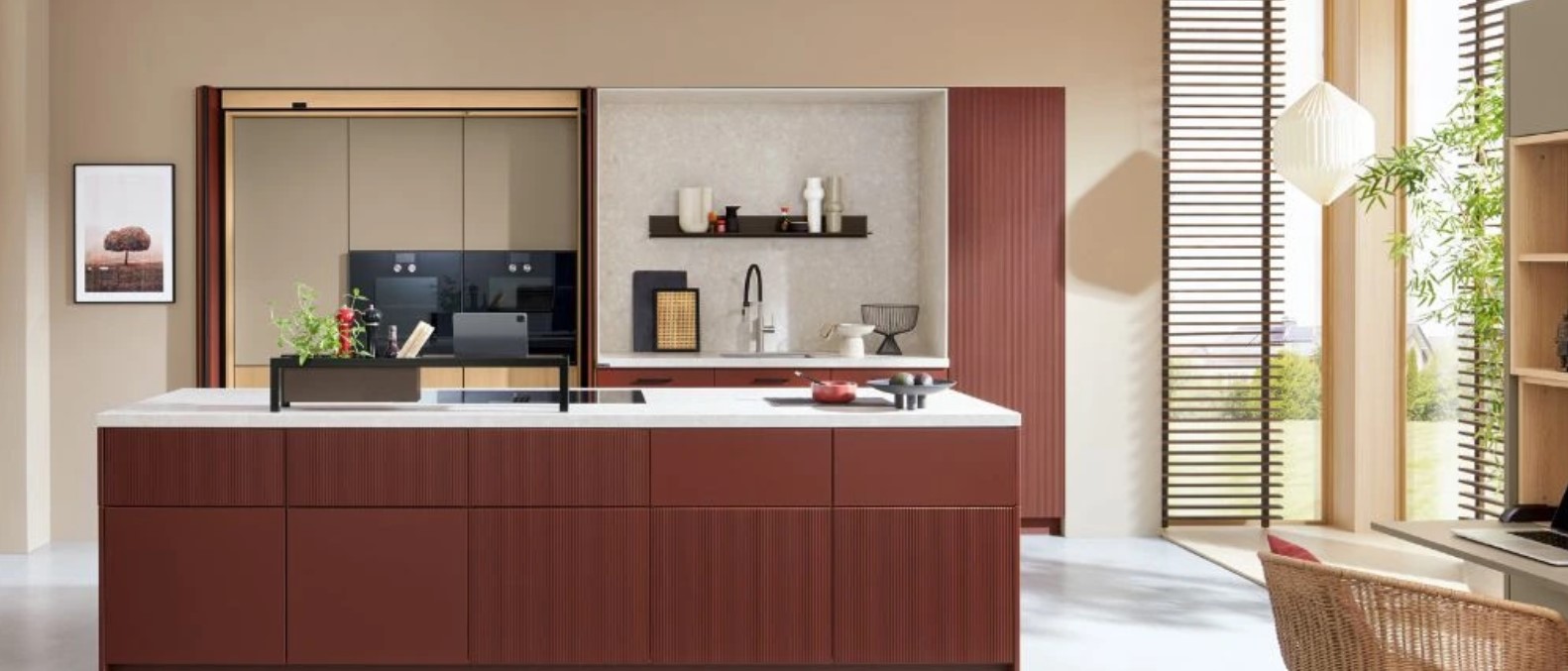In 2025, the concept of a kitchen has evolved far beyond its utilitarian roots. It is no longer just a place to prepare meals—it’s now the centerpiece of the modern home, a reflection of personal style, lifestyle, and technological sophistication. Among the many design inspirations influencing today’s culinary spaces, the Italian kitchen has emerged as the ultimate symbol of elegance, functionality, and innovation. It sits at the very heart of luxury modern kitchen designs, influencing everything from layout and material choices to the very philosophy of how a kitchen should feel and function.
The Timeless Appeal of Italian Design
Italian design has always been synonymous with artistry, craftsmanship, and style. Whether in fashion, architecture, or interior design, Italy leads the way in creating experiences that blend aesthetics and practicality seamlessly. The kitchen is no exception. The Italian kitchen doesn’t just serve the needs of cooking—it creates an ambiance of warmth, sophistication, and timeless appeal. This design ethos is what makes Italian kitchens so adaptable to luxury modern kitchen trends.
The key features of Italian kitchens—clean lines, premium materials, seamless integration, and understated elegance—make them an ideal match for the sleek, contemporary style preferred in modern luxury homes. They are minimalist but never cold, functional but never bland. Everything has a purpose and a place, making the space feel intuitive and effortless.
Integration of Smart Technology
Another reason the Italian kitchen remains at the forefront in 2025 is its seamless adoption of smart home technologies. High-end appliances with AI cooking features, voice-controlled lighting, and smart refrigerators that help with inventory and meal planning are all being effortlessly integrated into Italian-inspired kitchen spaces. These tech-savvy elements are wrapped in elegant cabinetry and natural finishes that hide the complexity behind the scenes, maintaining the visual harmony of the room.
The Italian kitchen is designed not just for cooking, but for living. This philosophy aligns perfectly with the modern push toward open-plan living spaces, where the kitchen often merges with dining and lounge areas. The result is a unified living experience, where families can cook, eat, and socialize without compromising on luxury or convenience.
Materials That Speak Luxury
Materials play a crucial role in the overall appeal of a luxury kitchen. Italian kitchens typically use premium materials like marble, quartz, oak, walnut, and lacquered finishes, offering both beauty and durability. In 2025, we’re seeing an increasing demand for sustainable luxury—materials that are both eco-conscious and high-end. Italian kitchen manufacturers have responded with innovation, introducing eco-friendly composite stones, sustainably sourced wood, and energy-efficient systems.
These choices make Italian kitchens not only stunning but also future-forward. They align perfectly with the global shift toward responsible luxury—living beautifully without compromising the environment.
Customization and Personal Expression
Another reason Italian kitchens resonate so strongly with today’s homeowners is the degree of customization they offer. These kitchens are not “one-size-fits-all.” Instead, they are carefully crafted to reflect the personality and needs of the homeowner. Whether it’s adding a kitchen island that doubles as a wine bar, incorporating ambient lighting, or choosing between matte black fixtures and brushed brass, Italian kitchen designs offer infinite options for personalization.
This attention to detail and dedication to craftsmanship is what sets Italian kitchens apart in a crowded marketplace of kitchen styles. It allows homeowners to create a space that feels luxurious yet personal, functional yet fashionable—a balance that is incredibly hard to achieve.
A Social Space Like No Other
In Italian culture, the kitchen is more than a functional room—it is the social heart of the home. Meals are events, and cooking is often a communal activity. This cultural element is beautifully translated into Italian kitchen design. With large, welcoming islands, open layouts, and strategically placed seating, Italian kitchens invite family and friends to gather, talk, and share moments together.
In 2025, this emphasis on togetherness has become more important than ever. After years of digital communication and remote lifestyles, homeowners are longing for real, meaningful interactions in their living spaces. The Italian kitchen delivers on this emotional need while still maintaining the high standards of modern luxury.
Influencing the Global Kitchen Design Landscape
Italian kitchen design is not just a trend—it is a movement. Its influence can be seen in showrooms, luxury real estate, and interior design magazines across the world. In upscale neighborhoods from New York to Dubai, the Italian kitchen has become a benchmark for elegance and innovation. It sets the tone for what a modern luxury kitchen should be: functional, artistic, and emotionally engaging.
Moreover, Italian brands have led the way in modular design innovation, offering pieces that can be reconfigured and adapted to different spaces without losing their stylistic cohesion. This modularity, combined with aesthetic mastery, is why architects and interior designers consistently choose Italian kitchens for their most high-profile projects.
Final Thoughts
In a world that increasingly values comfort, efficiency, and style, the Italian kitchen continues to reign supreme. It doesn’t chase fleeting trends but sets them—balancing technological advancements with timeless elegance. In 2025, as homeowners demand more from their living spaces, the Italian kitchen stands as a shining example of what is possible when form meets function, tradition meets innovation, and luxury meets everyday living.
Whether you’re designing a new home or renovating your current space, there’s no doubt that the heart of luxury modern kitchen designs beats strongest in the soul of the Italian kitchen.
